Home>Interior Design>Should Your Trim Match Your Wall Color? 6 Tips To Consider
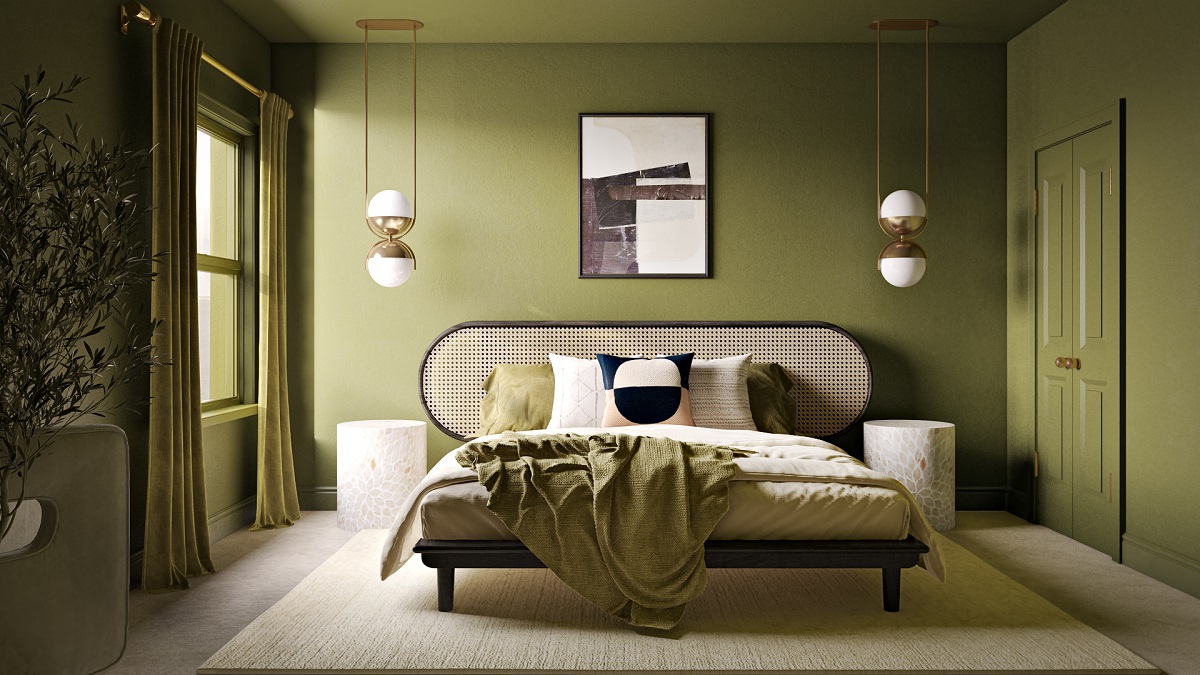

Interior Design
Should Your Trim Match Your Wall Color? 6 Tips To Consider
Modified: January 5, 2024
Looking to achieve the perfect interior design? Find out whether your trim should match your wall color and consider these 6 valuable tips.
(Many of the links in this article redirect to a specific reviewed product. Your purchase of these products through affiliate links helps to generate commission for Storables.com, at no extra cost. Learn more)
Introduction
When it comes to interior design, every decision counts. From selecting furniture to choosing the perfect color scheme, each element contributes to the overall aesthetic and ambiance of a space. One of the key considerations in interior design is the matching of trim with the wall color.
Trim, also known as molding or baseboards, plays a crucial role in defining the architectural character of a room. It not only adds a decorative touch but also conceals gaps between the walls and the floor. Selecting the right trim color can create a seamless and harmonious look, while choosing the wrong color can result in a jarring contrast.
In this article, we will explore the question of whether your trim should match your wall color and provide you with six essential tips to help you make a decision that suits your design goals and preferences.
Key Takeaways:
- Matching trim and wall colors can create a seamless, unified look, ideal for smaller spaces and minimalist aesthetics. It promotes continuity and openness, especially in rooms with limited natural light.
- Contrasting trim and wall colors add visual interest, highlight architectural details, and make a bold design statement. This approach works well in larger spaces with ample natural or artificial lighting.
Tip 1: Consider the overall design style
When determining whether your trim should match your wall color, it’s essential to consider the overall design style you want to achieve. Different design styles have their own rules and conventions when it comes to trim and wall color coordination.
For a classic and timeless look, many interior designers opt for a trim color that contrasts with the wall color. This contrast creates visual interest and highlights the architectural details of the room. For example, in a traditional setting with neutral-colored walls, white trim can add elegance and sophistication.
On the other hand, if you prefer a more cohesive and contemporary style, matching your trim color to the wall color can create a seamless and modern look. This approach is particularly effective in smaller spaces, as it gives an illusion of a larger and more open area. It also creates a clean and minimalistic aesthetic.
Consider the furniture and decor you plan to incorporate into the room. If you have bold and vibrant pieces, a contrasting trim color can help showcase them. However, if your furnishings are more subdued, matching trim can provide a subtle and cohesive backdrop. Remember that the trim color should complement the overall design style and not compete with other elements in the room.
In summary, when considering the overall design style, take into account whether you prefer a classic and contrasting look or a more contemporary and cohesive style. Factor in the furniture and decor you plan to use to ensure the trim color complements the rest of the design elements.
Tip 2: Evaluate the size of the room
The size of the room plays a significant role in determining whether your trim should match your wall color. Understanding how trim color affects the perception of space can help you make an informed decision.
In small rooms, using a trim color that matches the wall color can create a sense of continuity, making the space appear bigger and more expansive. This is because the lack of contrast between the trim and walls prevents visual interruptions and creates a seamless visual flow. Additionally, light-colored trim can reflect more natural light, further enhancing the perception of spaciousness.
On the other hand, in larger rooms, contrasting trim colors can help define architectural features and add dimension to the space. Darker trim colors can create a striking and dramatic effect, while lighter trim colors can provide a subtle and elegant contrast. By choosing a different trim color, you can draw attention to the details of the room, such as windows, doorways, and crown molding.
Consider the ceiling height as well. In rooms with low ceilings, a matching trim color can create an illusion of taller walls and a more open atmosphere. Conversely, in rooms with high ceilings, choosing a contrasting trim color can add visual interest and prevent the walls from appearing too tall or imposing.
In summary, when evaluating the size of the room, consider whether you want to create the illusion of more space or enhance architectural features. Matching trim colors can make small rooms appear larger and create a cohesive look, while contrasting trim colors can add depth and dimension to larger rooms and highlight specific design elements.
Tip 3: Determine the desired level of contrast
One of the key factors to consider when deciding whether your trim should match your wall color is the level of contrast you want to achieve in your space. The level of contrast can have a significant impact on the overall aesthetic and atmosphere of a room.
A high level of contrast between the trim and wall color creates a bold and eye-catching look. This approach can be particularly effective in rooms where you want to make a statement or highlight architectural details. For example, in a room with dark-colored walls, using white trim can create a striking contrast that draws attention to the trimwork.
On the other hand, if you prefer a more subtle and cohesive look, matching your trim color to the wall color can create a seamless and harmonious appearance. This approach works well in rooms where you want to create a sense of tranquility and balance. For instance, using a light gray trim with light gray walls can give a soft and cohesive look that promotes a serene ambiance.
Consider the overall color palette of the room as well. If you have a monochromatic color scheme, matching the trim color to the wall color can create a sophisticated and unified look. Alternatively, if you have a vibrant and diverse color scheme, contrasting trim colors can add visual interest and prevent the space from feeling overwhelming.
Ultimately, the desired level of contrast depends on your personal preferences and the atmosphere you want to create in the room. Whether you prefer a bold and striking contrast or a subtle and cohesive look, consider the overall color scheme of the room and the effect you want to achieve.
Consider the overall aesthetic you want to achieve. Matching trim can create a cohesive look, while contrasting trim can add visual interest. Also, consider the natural light in the room and the size of the space.
Tip 4: Assess the lighting conditions
Lighting plays a crucial role in interior design, and it can greatly influence how colors appear in a room. When deciding whether your trim should match your wall color, it’s important to assess the lighting conditions in the space.
If the room receives ample natural light, you have more flexibility when it comes to trim and wall color coordination. Natural light tends to enhance the true colors of the walls and trim, allowing you to create either a harmonious or contrasting look. Take into consideration how the natural light affects the color temperature of the room throughout the day to ensure the trim blends seamlessly or provides an appealing contrast.
In rooms with limited natural light, matching the trim color to the wall color can help create a sense of brightness and prevent the space from feeling visually heavy. When the trim and walls blend together, it eliminates contrasting elements that can create shadows and make the room appear darker. Additionally, lighter trim colors can reflect artificial light and make the room feel more illuminated.
On the other hand, if you have plenty of artificial lighting options, such as recessed lights or track lighting, you can opt for contrasting trim colors without worrying about the room feeling dim. Artificial lighting can help highlight the architectural details and create distinct focal points within the space.
Consider the type of lighting fixtures you plan to use as well. Warm-toned lighting can enhance the warmth of matching trim and wall colors, while cool-toned lighting can emphasize the contrast between different colors. Take into account the overall ambiance you want to achieve and select trim and wall colors accordingly.
In summary, assessing the lighting conditions in the room is crucial when deciding whether to match your trim and wall colors. Evaluate the amount of natural light, the color temperature, and the type of artificial lighting to ensure your color choices are conducive to the brightness and ambiance you desire.
Tip 5: Take into account the color of the walls
When considering whether your trim should match your wall color, it’s essential to take into account the color of the walls themselves. The wall color plays a significant role in determining the best approach for selecting trim colors.
If you have walls in a neutral color palette, such as whites, grays, or beige, it offers you more flexibility when it comes to selecting trim colors. Matching the trim color to the wall color can create a seamless and cohesive look that promotes a sense of unity and tranquility in the space. This approach works especially well if you prefer a clean and minimalist design aesthetic.
Alternatively, if you have walls in bold or vibrant colors, a contrasting trim color can provide a striking and eye-catching look. For example, if you have deep blue walls, using white or off-white trim can create a beautiful contrast that highlights the architectural features and adds visual interest to the room. This approach is especially effective if you want to make a statement and create a focal point in the space.
Consider the undertones of the wall color as well. If your walls have cool undertones, such as blues or greens, selecting trim colors with complementary cool undertones can create a harmonious and balanced look. Similarly, if your walls have warm undertones, such as yellows or oranges, choosing trim colors with warm undertones can create a cohesive and inviting atmosphere.
Keep in mind, you can also experiment with different shades and finishes of the same color. For example, if you have walls in a light gray color, you can choose a slightly darker shade for the trim to create a subtle contrast while maintaining a cohesive color scheme. This approach adds depth and dimension to the room without creating too much visual distraction.
In summary, when taking into account the color of the walls, consider whether you want a seamless and cohesive look by matching the trim color or a striking contrast by using a different trim color. Evaluate the undertones of the wall color and experiment with shades and finishes to create the desired aesthetic in the space.
Tip 6: Seek professional advice
When it comes to making decisions about interior design, seeking professional advice can be highly beneficial. Interior designers have the expertise and experience to guide you through the process and offer valuable insights into whether your trim should match your wall color.
A professional interior designer can assess your space, consider your design goals and preferences, and provide personalized recommendations based on their knowledge of color theory, design principles, and current trends. They can help you strike the right balance between matching or contrasting trim and wall colors, taking into account factors such as the room size, lighting conditions, overall design style, and desired level of contrast.
Additionally, an interior designer can help you explore different color options and create sample boards or digital renderings to visualize how different trim and wall color combinations will look in your space. This can save you from making costly mistakes and ensure that the final result meets your expectations.
Working with a professional also allows you to tap into their network and access a wide range of resources, from paint suppliers to contractors who can expertly execute the trim installation. They can streamline the entire process, from color selection to implementation, ensuring a smooth and successful outcome.
If hiring an interior designer is not within your budget, you can still seek advice from knowledgeable professionals. Visit paint stores or consult with paint experts who can provide guidance and suggest suitable color combinations for your trim and walls. They can offer insights into the latest trends and help you make an informed decision.
In summary, seeking professional advice, whether from an interior designer or knowledgeable professionals, can provide you with expert guidance and assistance in determining whether your trim should match your wall color. Their expertise and insights can help you achieve the desired look and create a harmonious and visually appealing space.
Conclusion
When it comes to deciding whether your trim should match your wall color, there are several factors to consider. By taking into account the overall design style, the size of the room, the desired level of contrast, the lighting conditions, the color of the walls, and seeking professional advice, you can make an informed decision that ensures a cohesive and visually appealing result.
Matching trim and wall colors can create a seamless and unified look, especially in rooms with limited natural light or smaller spaces where the goal is to create a sense of continuity and openness. It can also be a suitable choice for those who prefer a more minimalist and contemporary aesthetic.
On the other hand, contrasting trim and wall colors can add visual interest, highlight architectural details, and create a striking focal point in the room. This approach works well in larger spaces with ample natural or artificial lighting and when you want to make a bold design statement.
Considering the overall design style, the size of the room, the desired level of contrast, the lighting conditions, and the color of the walls will help you determine the best approach for your specific space and design preferences.
Remember, seeking professional advice from interior designers or paint experts can provide valuable insights and guidance throughout the decision-making process. They can help you navigate through different color options, offer personalized recommendations, and ensure that the final result meets your expectations.
Ultimately, the decision of whether your trim should match your wall color is a personal one. It depends on your design goals, preferences, and the overall ambiance you want to create in your space. By considering the various factors and seeking professional advice, you can achieve a stunning and cohesive look that reflects your unique style and vision.
Frequently Asked Questions about Should Your Trim Match Your Wall Color? 6 Tips To Consider
Was this page helpful?
At Storables.com, we guarantee accurate and reliable information. Our content, validated by Expert Board Contributors, is crafted following stringent Editorial Policies. We're committed to providing you with well-researched, expert-backed insights for all your informational needs.
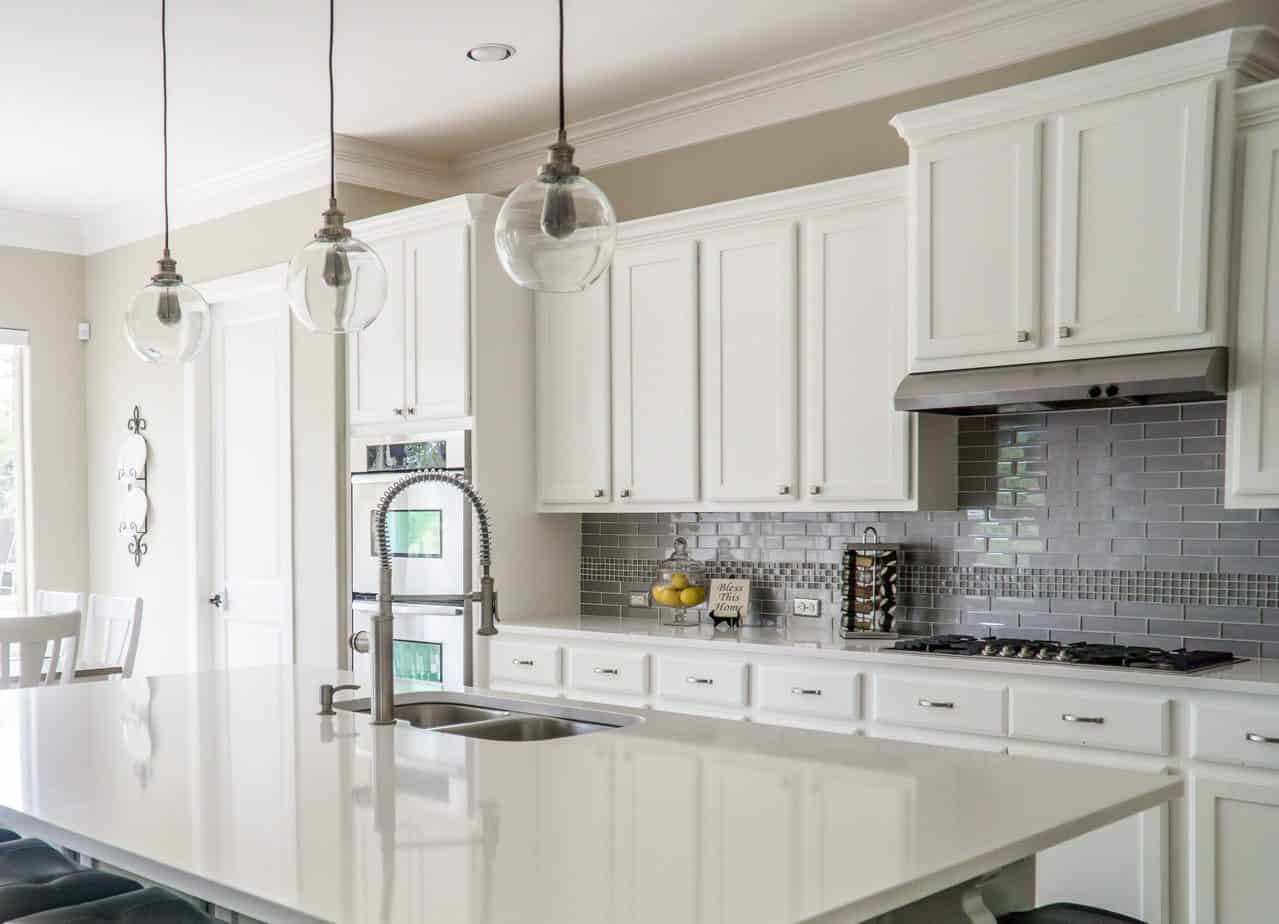
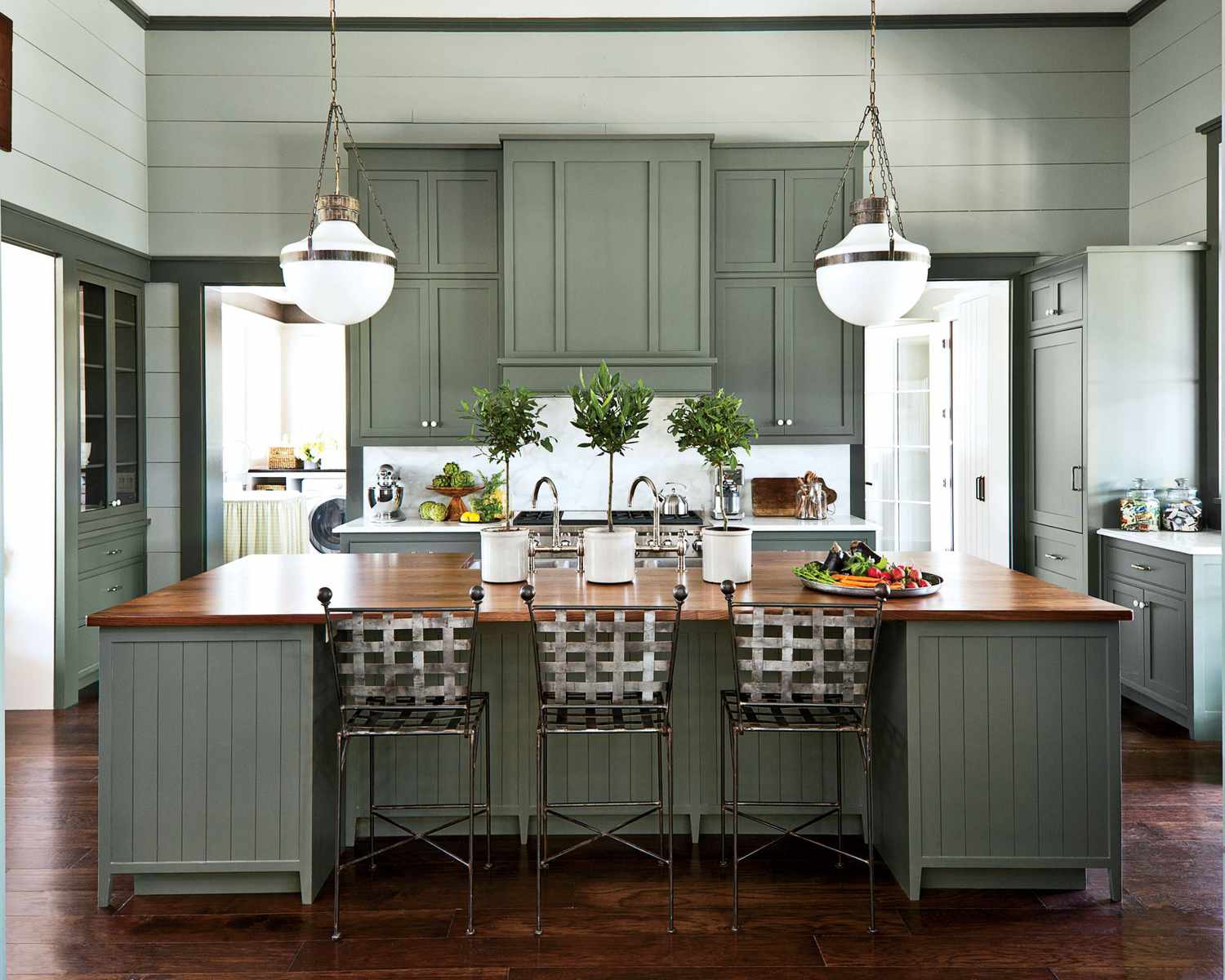
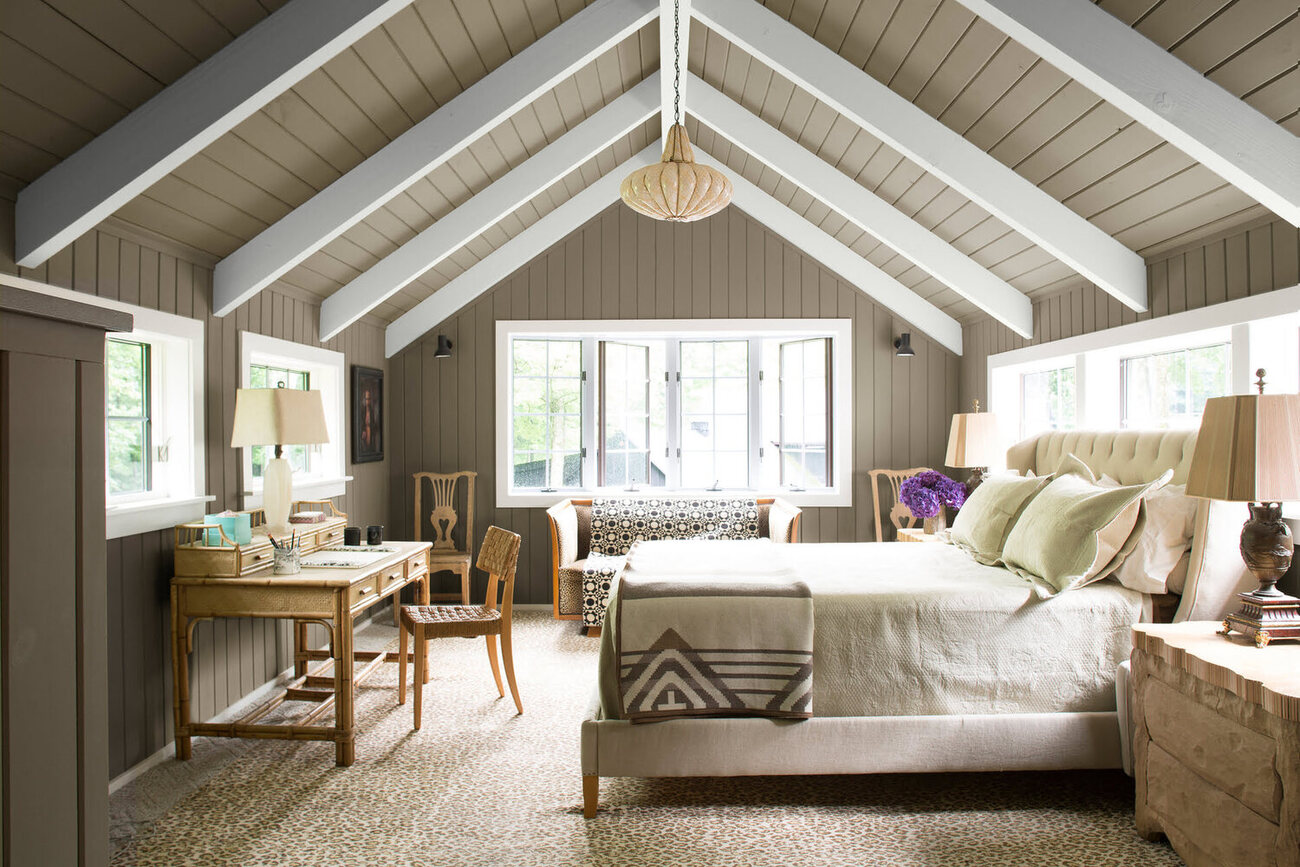
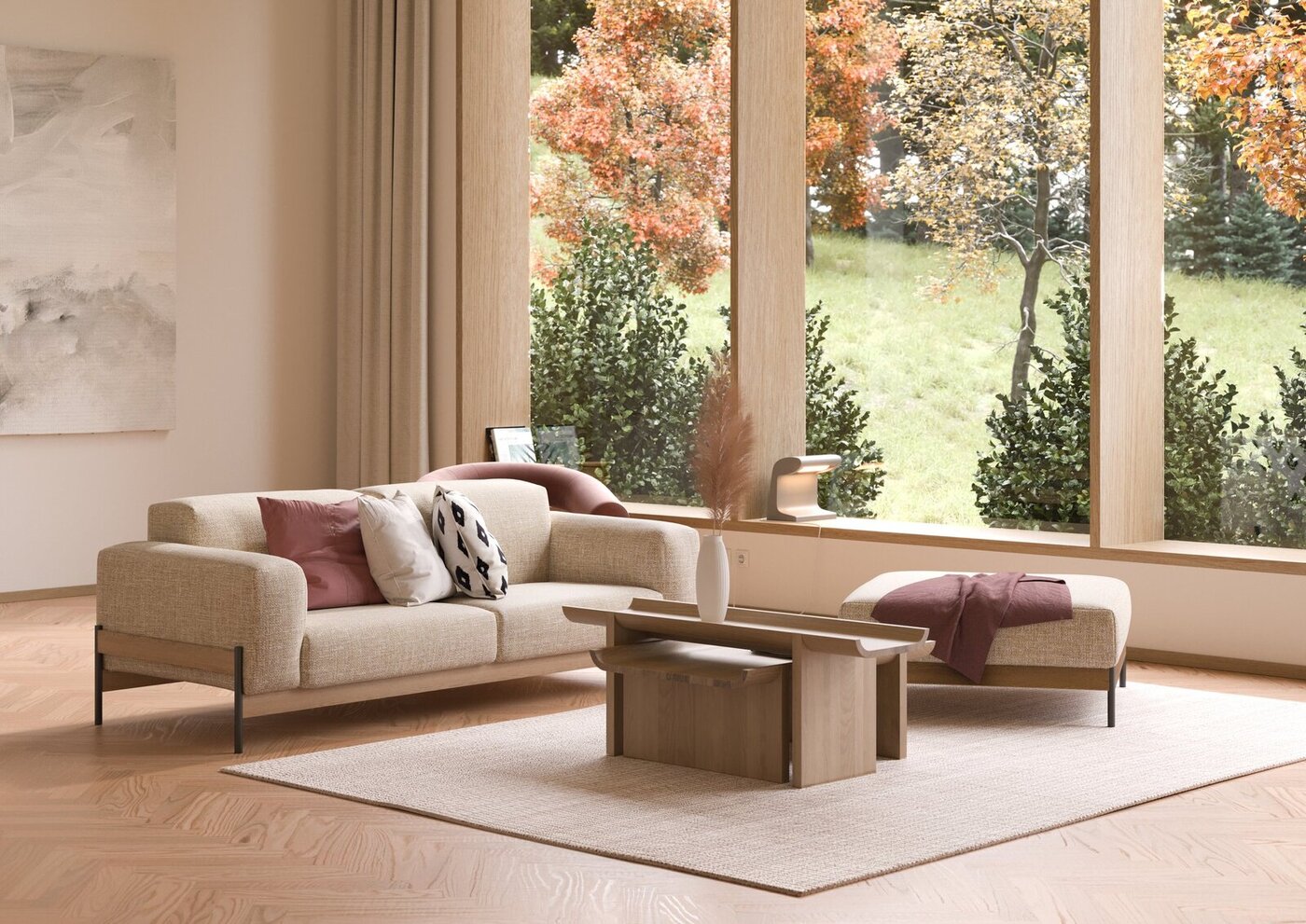
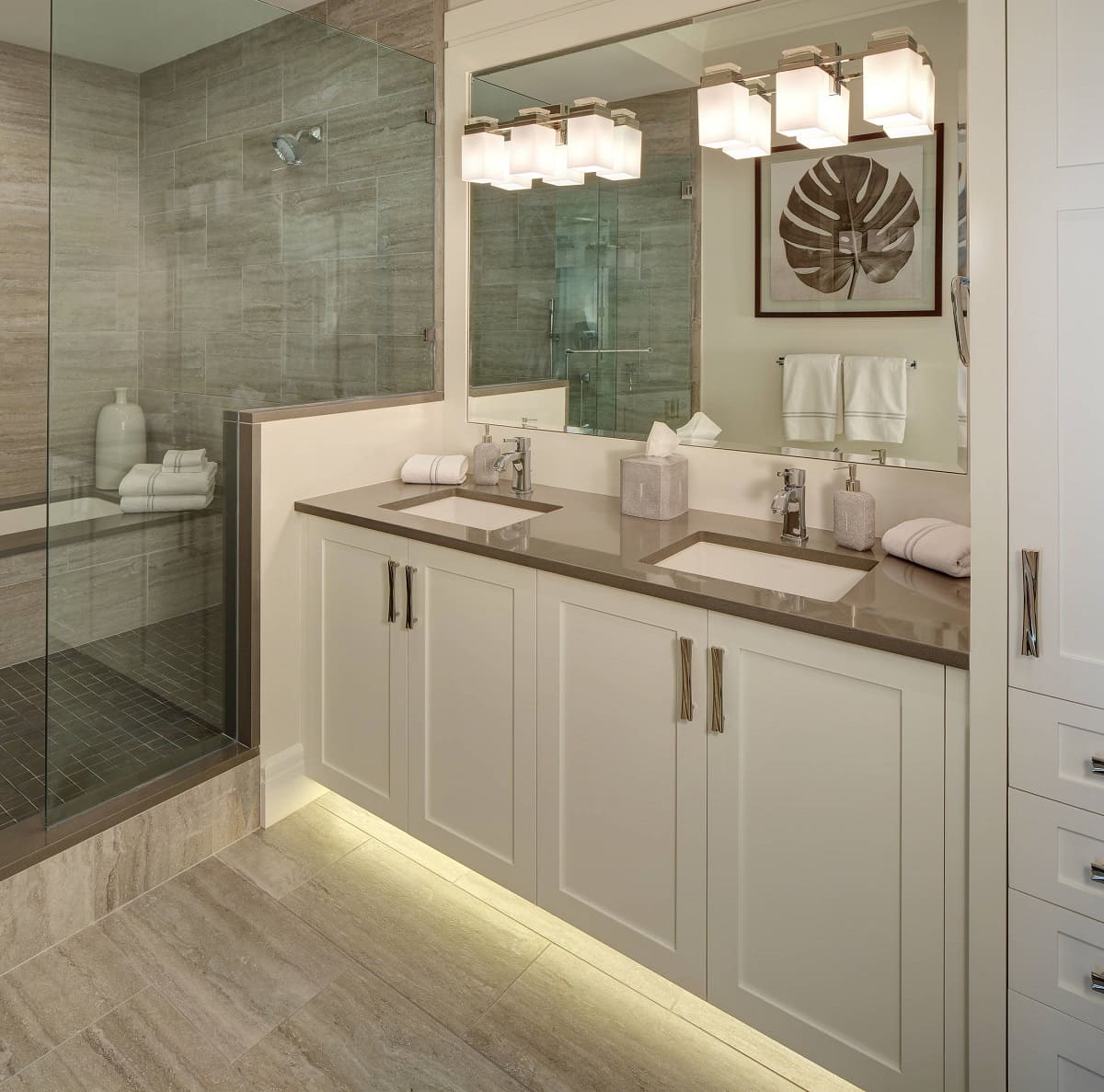
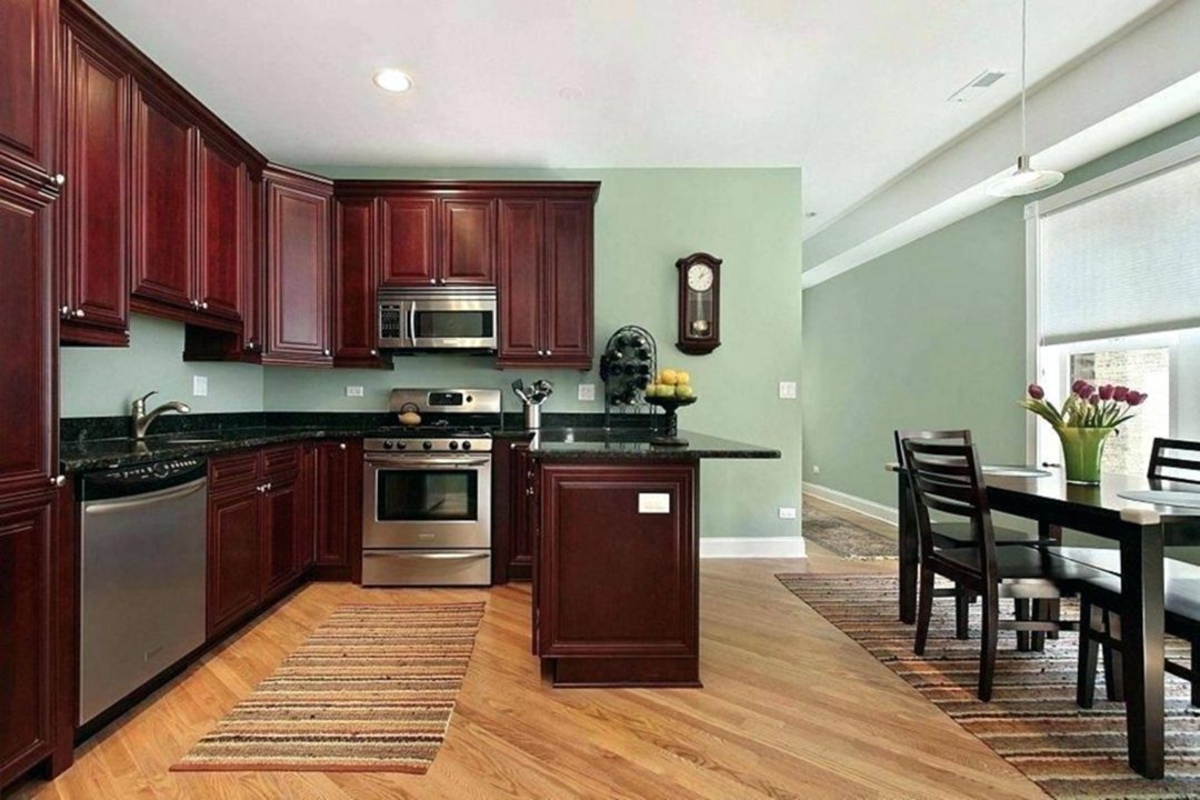
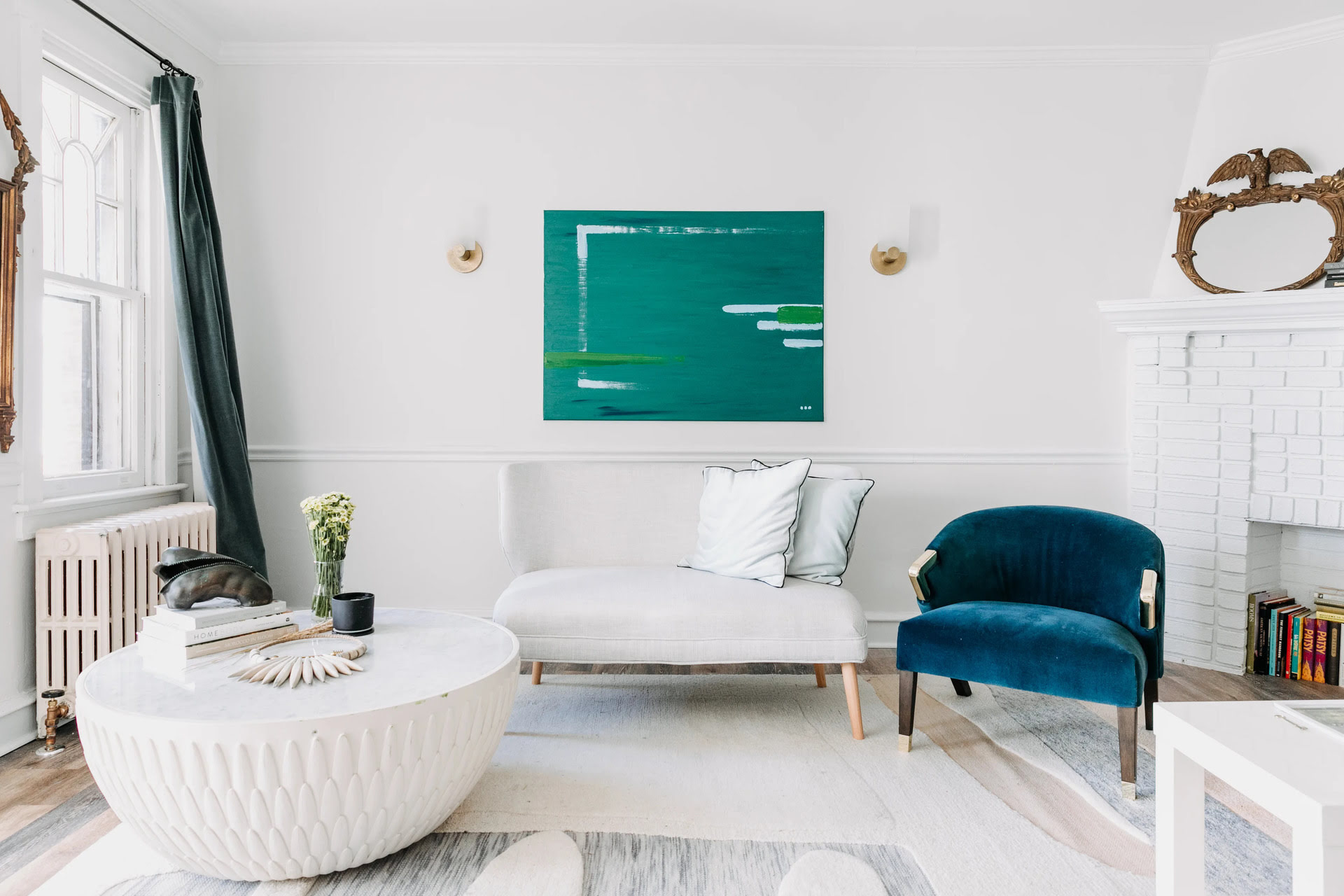
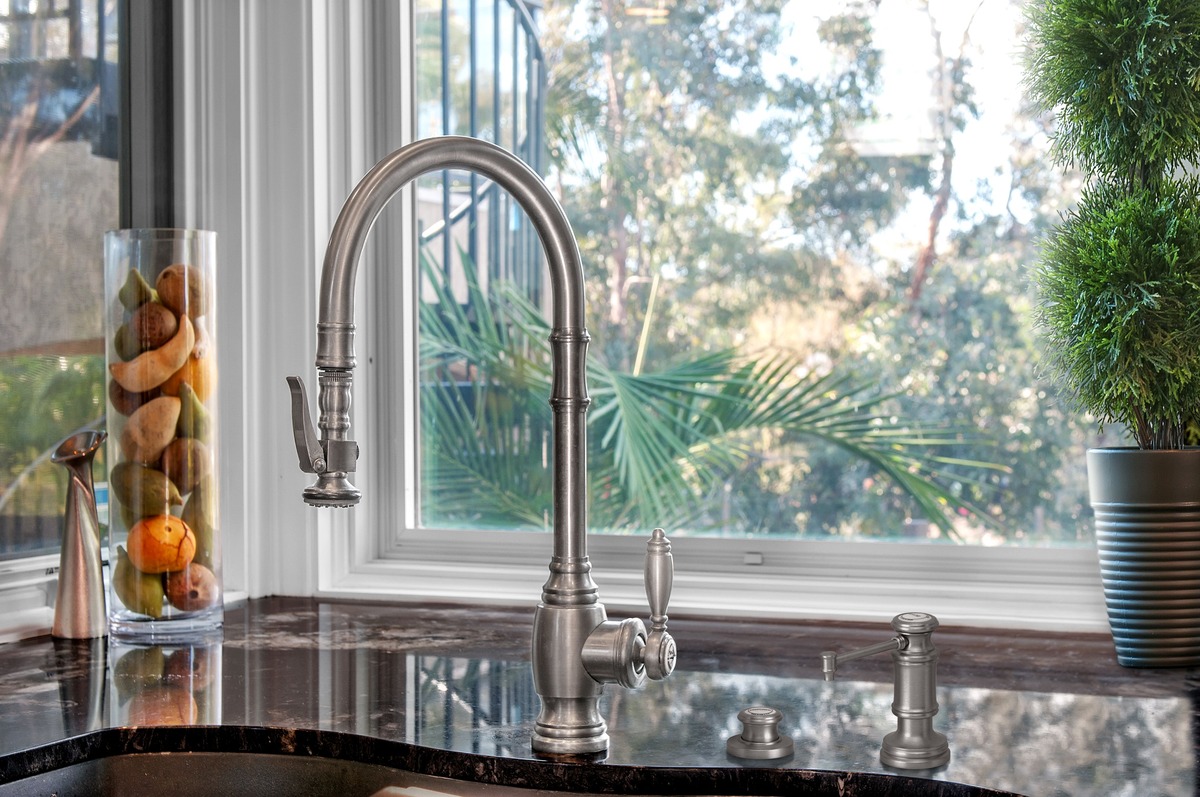
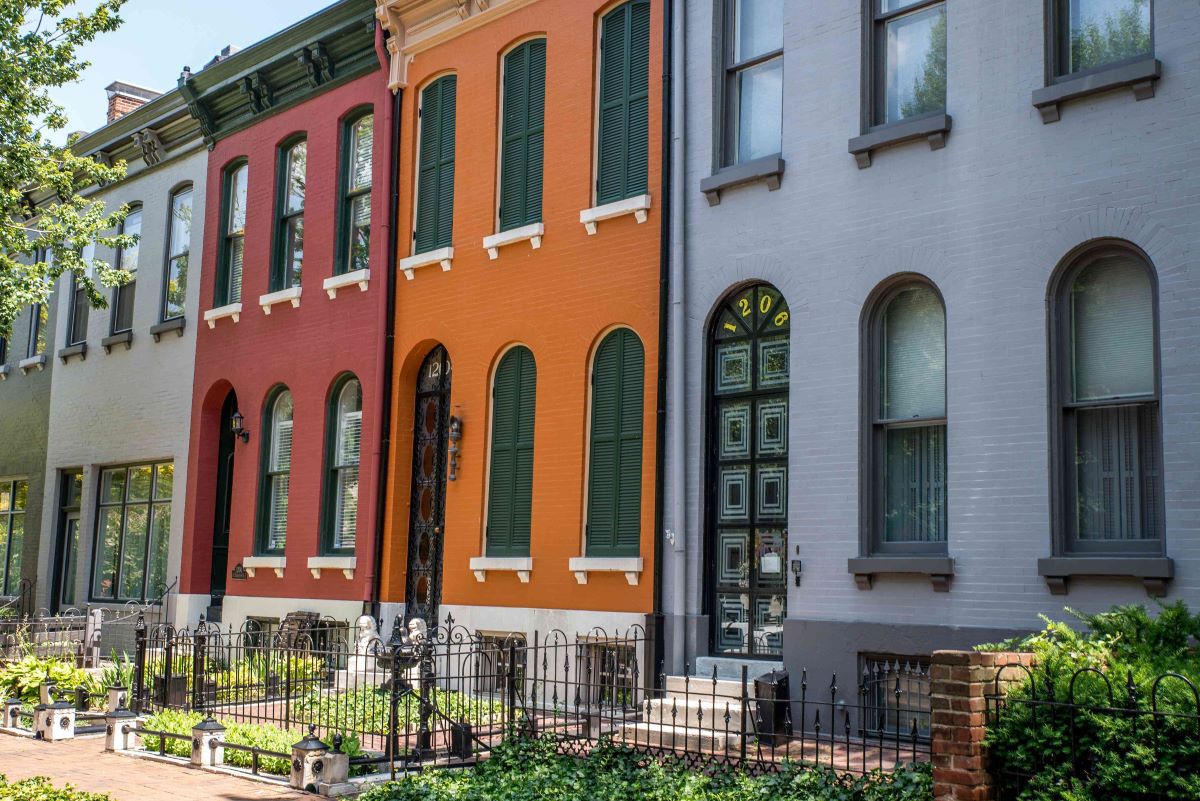
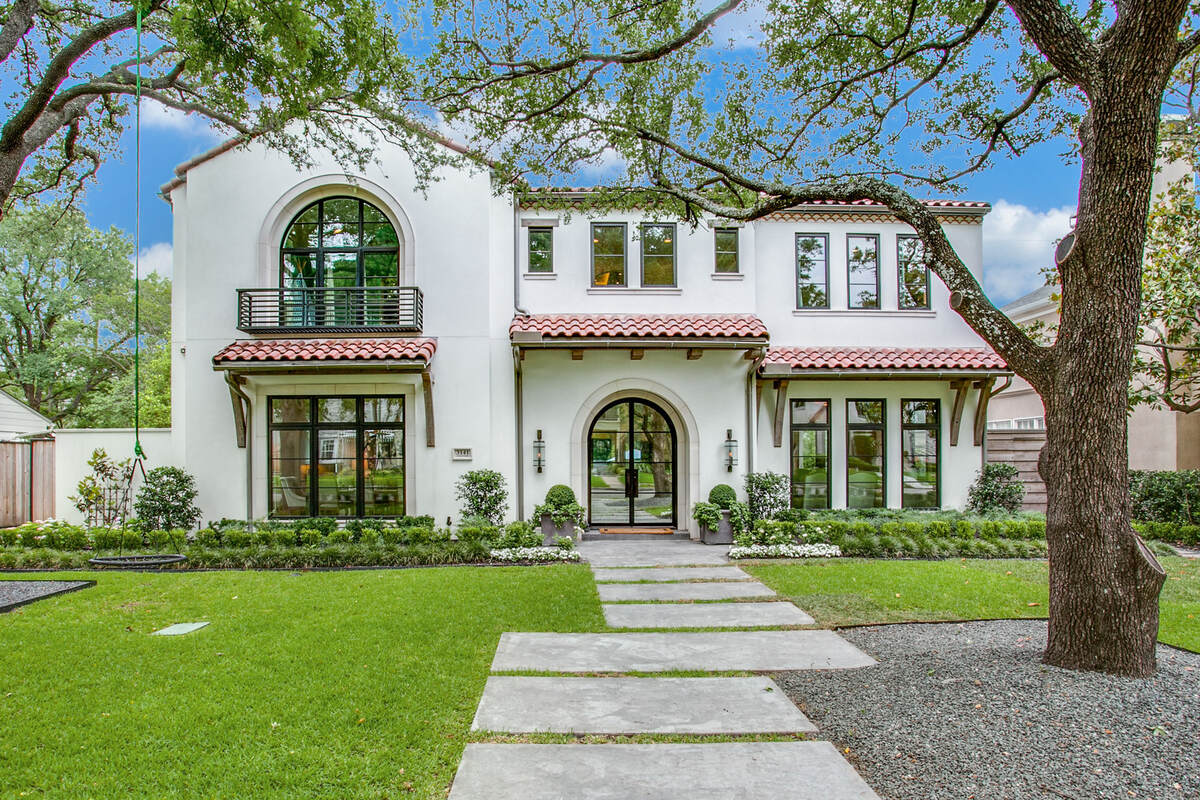
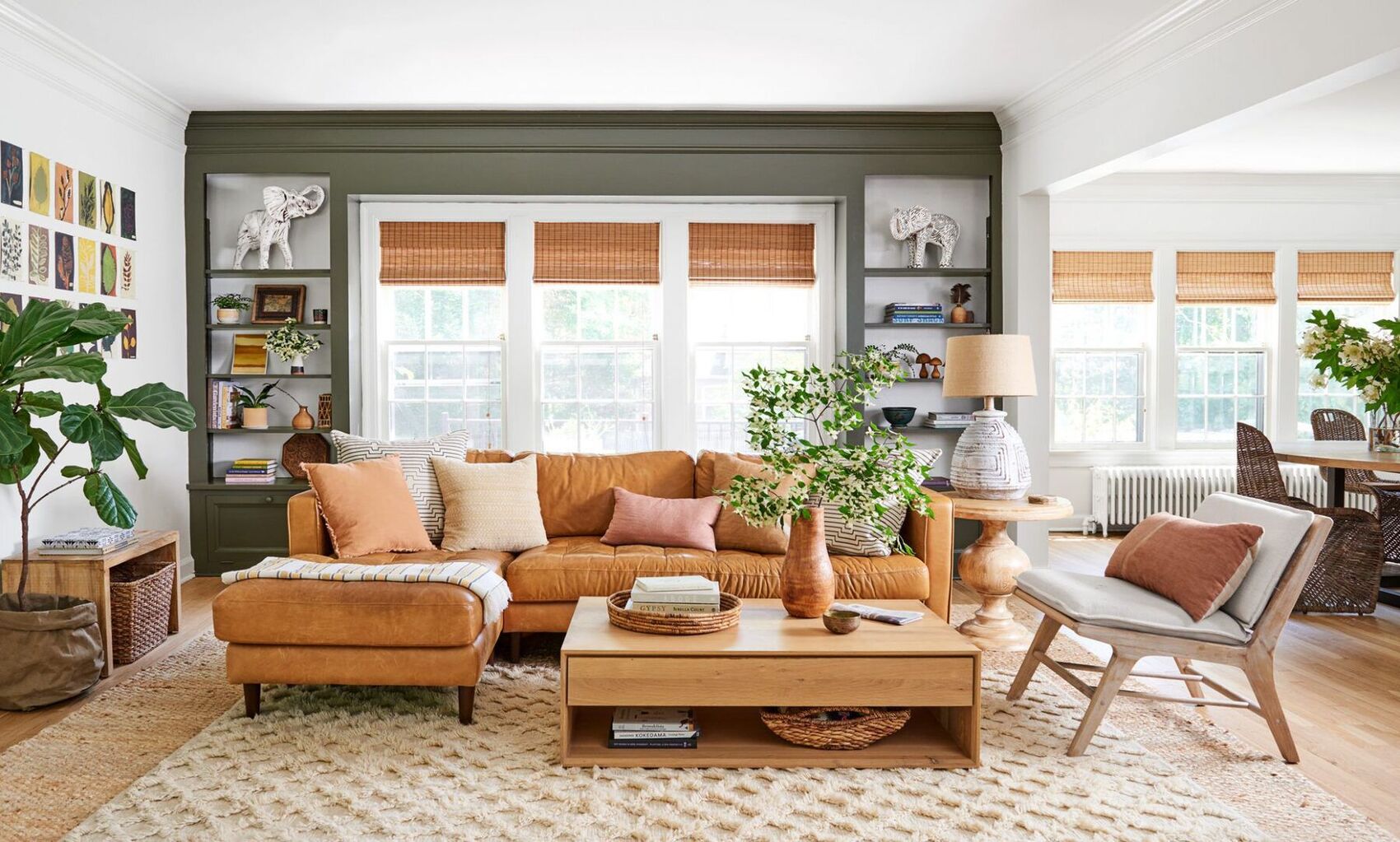
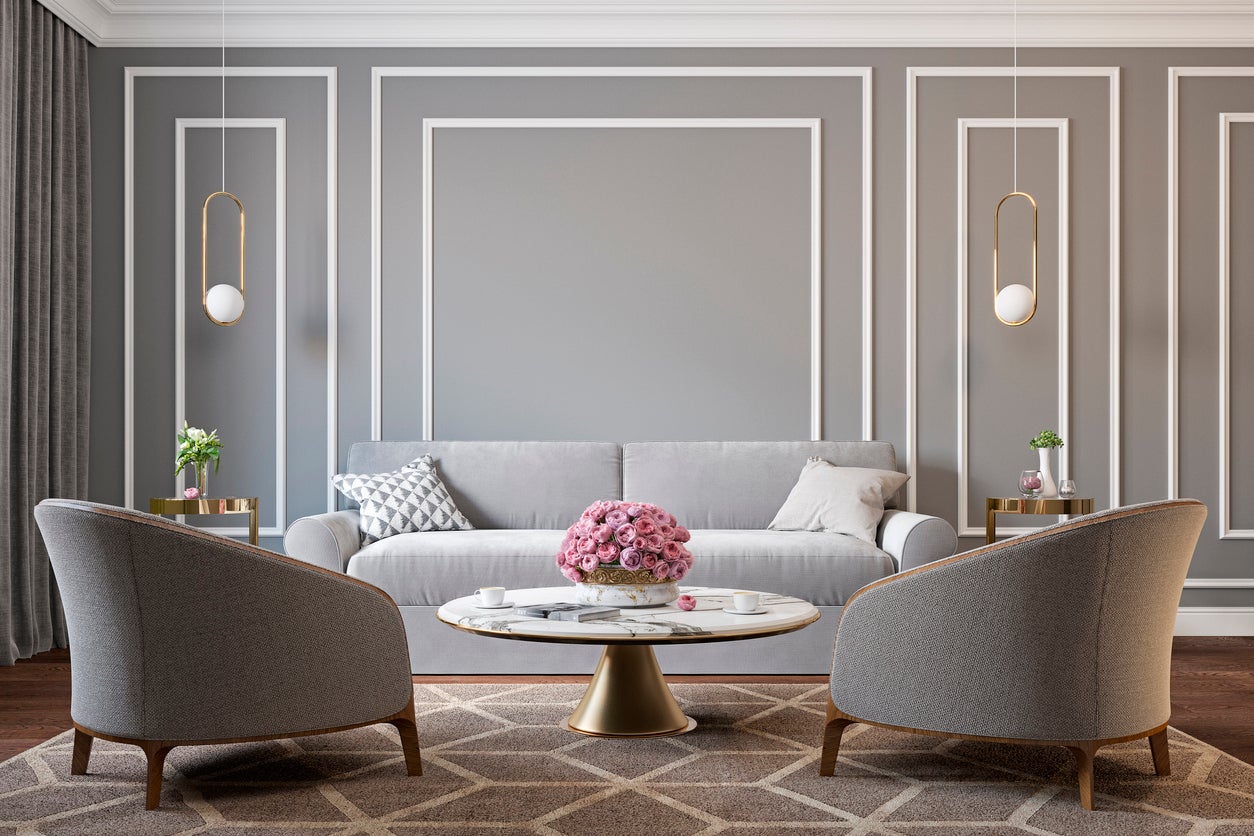
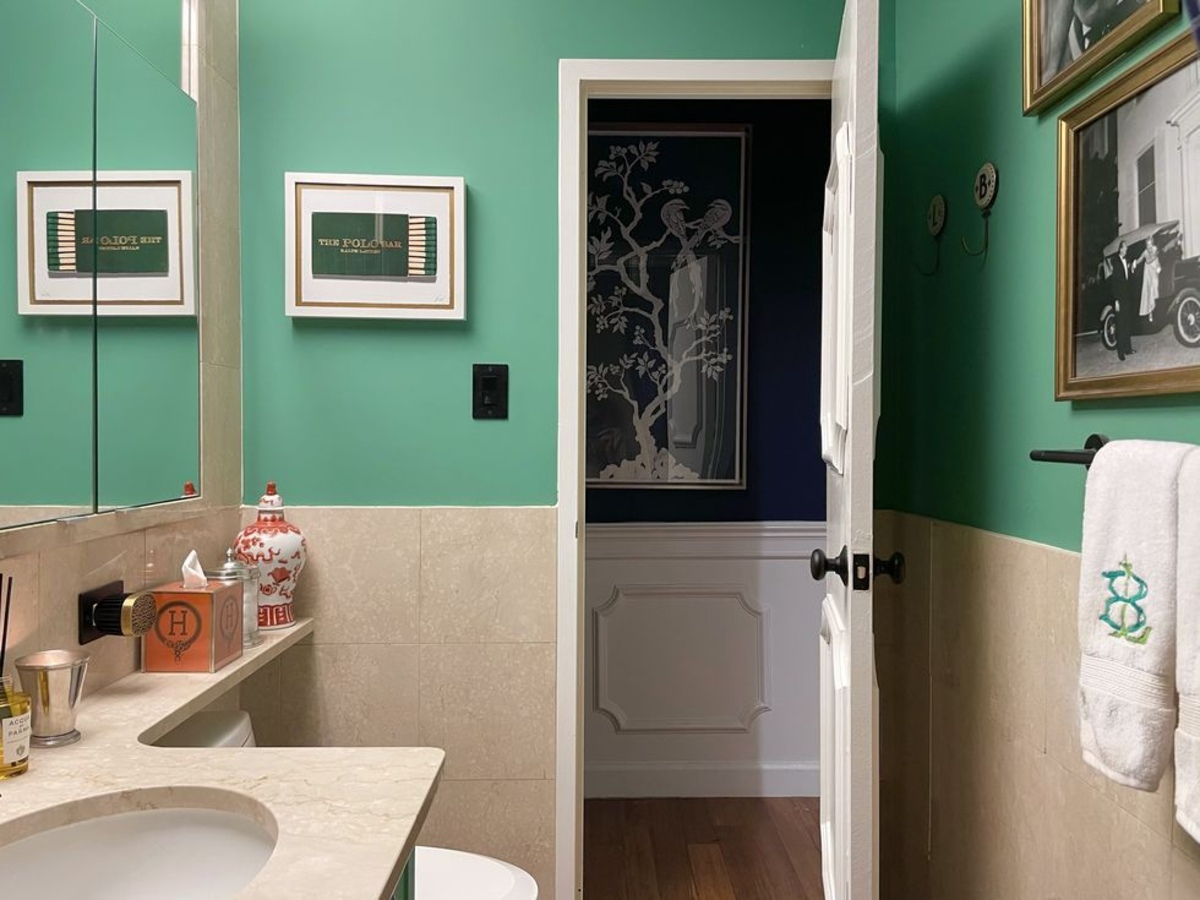
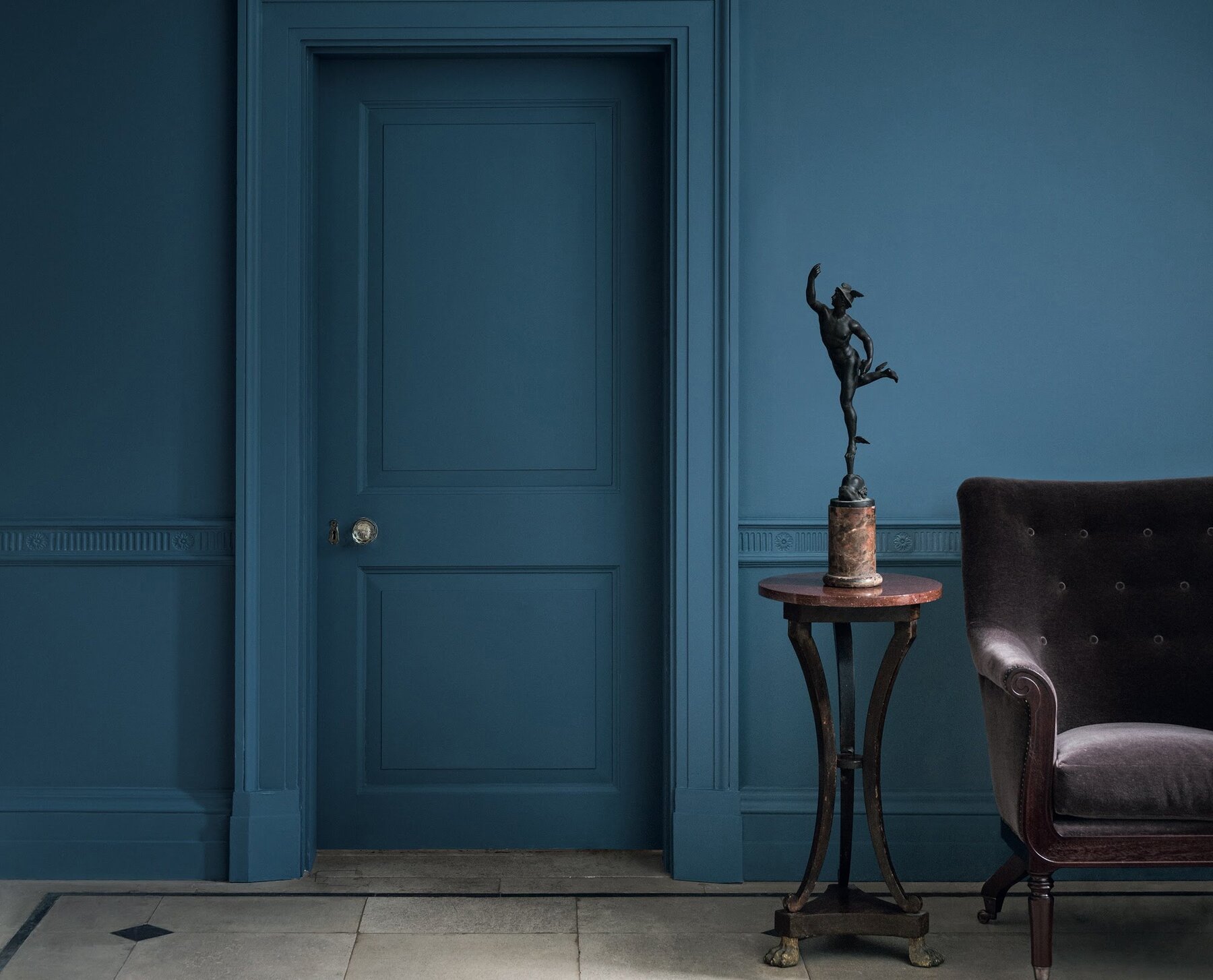

0 thoughts on “Should Your Trim Match Your Wall Color? 6 Tips To Consider”